When you work with Sovol PLA filament, you need the best glue for PLA to repair, reinforce, or build multi-part assemblies. You must check glue compatibility for PLA parts, focus on safety, and ensure proper preparation. Clean PLA surfaces and test-fit parts. Use glue for fast fixes or structural assembly. Prioritize safety and preparation for strong, clean PLA bonds.
Key Takeaways
- Pick glues made for PLA, like super glue for fast fixes and epoxy for strong joints. This helps Sovol PLA parts stick well.
- Clean PLA with rubbing alcohol, sand it a little, and check if parts fit together. This makes the glue hold better and parts line up right.
- Use clamps or tape to keep parts still while the glue dries. This stops parts from moving and makes your project last longer and look neat.
Best Glue for PLA
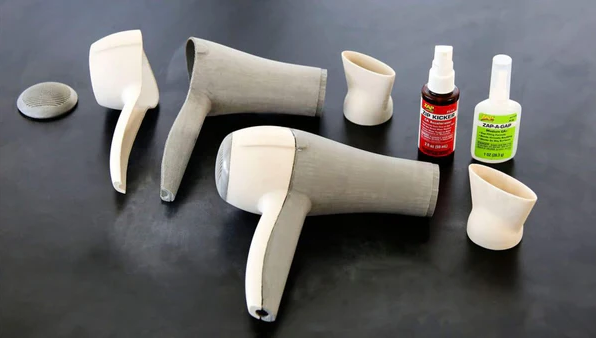
Sovol PLA Filament Compatibility
When you work with Sovol PLA filament, you need to choose adhesives that bond well with PLA. Not all adhesives interact the same way with PLA, so you must select options designed for plastic or specifically for PLA. PLA-specific adhesives, such as cyanoacrylate (super glue), Weld-On 16, Loctite 4062, and epoxy, offer reliable performance. These adhesives create strong bonds and maintain the quality of your assembly. J-B Weld Plastic Bonder and SCIGRIP 16 also work well for complex assemblies and interlocking parts. You should avoid general-purpose glues that do not mention compatibility with PLA, as they may not provide the strength or durability you need.
The following table compares common adhesion aids for PLA and other filaments:
|
Adhesion Aid |
Effectiveness in First Layer Stability |
Notes |
|---|---|---|
|
Glue Stick |
High |
Effective for ABS, reduces warping |
|
Hairspray |
Moderate |
Commonly used, less effective than PEI |
|
PEI Sheet |
Very High |
Preferred by users for various filaments |
|
Blue Painter’s Tape |
Moderate |
Works well for PLA, provides stable surface |
While glue sticks and blue painter’s tape help with first layer adhesion during printing, you need PLA-specific adhesives for post-print assembly and repairs. These adhesives ensure strong bonds between PLA parts and support both basic repairs and complex multi-part assemblies.
Glue Selection Guide
You must match the best glue for PLA to your project’s needs. For quick repairs or small joints, cyanoacrylate glue (super glue) works best. It sets quickly and creates a strong bond between PLA parts. For larger assemblies or load-bearing joints, epoxy or J-B Weld Plastic Bonder provides extra strength and durability. Weld-On 16 and SCIGRIP 16 are solvent-based adhesives that chemically bond PLA, making them ideal for complex assemblies and interlocking parts.
Tip: Use cyanoacrylate glue for basic repairs and small interlocking parts. Choose epoxy or solvent-based adhesives for multi-part assemblies and load-bearing joints.
You should always test-fit your PLA parts before applying glue. Proper alignment ensures that your assembly will have maximum strength and durability. If you work with interlocking or preparing 3D printed interlocking parts, check that all surfaces fit together tightly. This step prevents gaps and weak spots in your joints.
Safety and Preparation
You must prioritize safety and preparation when working with adhesives for PLA. Always wear gloves and work in a well-ventilated area. Many adhesives release fumes that can irritate your skin or lungs. Handle all adhesives with care and follow the manufacturer’s instructions.
Proper preparation improves bonding strength and the quality of your assembly. Clean all PLA parts with isopropyl alcohol to remove dust, oils, or residue. Sand the surfaces lightly with fine-grit sandpaper to create a better grip for the glue. Test-fit all parts to ensure proper alignment before applying any adhesive.
- Proper alignment reduces tensile strength loss by up to 30.35% if you maintain it during bonding.
- Cleaning with isopropyl alcohol and sanding with progressively finer grits enhances adhesive grip.
- Using clamps during adhesive curing ensures proper alignment and stronger bonds.
- Cyanoacrylate glue is recommended for PLA to achieve optimal bonding strength.
- Even application of adhesive prevents weak spots and improves durability.
When you assemble 3D printed parts, use clamps or tape to hold the parts together while the glue cures. This step ensures that your joints remain tight and aligned. For interlocking assemblies, check that all interlocking features fit snugly before bonding PLA. If you follow these preparation steps, you will achieve strong bonds and reliable assemblies.
How to Glue PLA
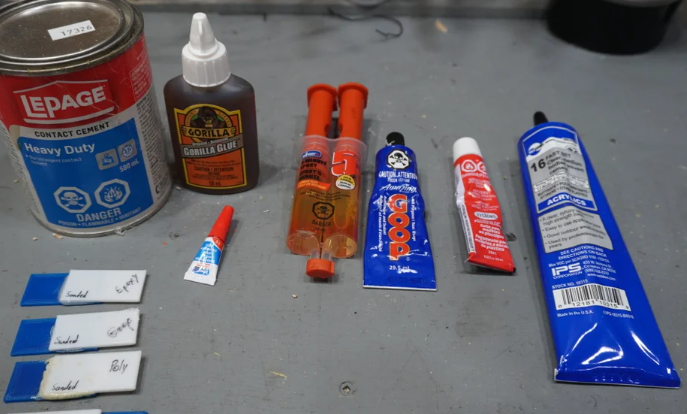
Bonding Techniques
You need to follow a systematic approach when learning how to glue PLA for Sovol filament projects. Start by preparing your PLA parts. Clean each surface with isopropyl alcohol to remove dust and oils. Lightly sand the areas you plan to bond. This preparation increases the surface area and improves bonding. Test-fit the parts before applying any adhesive. Proper alignment at this stage prevents gaps and ensures the joints will have maximum strength.
Apply a thin, even layer of glue to one side of the PLA joint. For most basic repairs and small assemblies, cyanoacrylate glue works best. Empirical tests show that cyanoacrylate bonds withstand peel-off forces of about 10.41 N and pressure up to 36.6 kPa, far outperforming silicone-based adhesives. Use a small brush or applicator tip for precise application. Avoid excess glue, as it can seep out and create residue.
Once you apply the adhesive, press the PLA parts together. Hold them in place for a few seconds to allow initial bonding. For larger assemblies or load-bearing joints, use clamps or tape to maintain proper alignment during curing. This step is crucial because misalignment can reduce tensile strength by over 30%. Clamping also helps you achieve professional-quality results and strong bonds.
Tip: Always check the fit of interlocking parts before gluing. Tight interlocking features improve the quality and durability of your assembly.
Assemble 3D Printed Parts
When you assemble 3D printed parts, focus on alignment and reinforcement. Begin by dry-fitting all PLA components. This step ensures that interlocking parts fit together without gaps. If you notice any misalignment, sand or trim the PLA until the fit is perfect. Techniques for precise alignment include using registration marks or guides on the parts.
Apply the adhesive to the bonding surfaces. For multi-part assemblies, work in sections to maintain control over alignment. Press the PLA parts together and use clamps to hold them in place. For interlocking assemblies, ensure that all features engage fully before the glue sets. Reinforce the joints by adding a small fillet of glue along the seam if needed.
If you work with load-bearing joints, consider using epoxy or J-B Weld Plastic Bonder for extra strength. These adhesives provide additional support for assemblies that experience stress or movement. Always allow the glue to cure fully before handling the assembly. Curing times vary by adhesive, so check the manufacturer’s instructions.
The following table summarizes adhesive performance for Sovol PLA assemblies:
|
Adhesive Type |
Peel-Off Force (N) |
Pressure Tolerance (kPa) |
Best Use Cases |
|---|---|---|---|
|
Cyanoacrylate |
10.41 |
36.6 |
Small joints, quick repairs |
|
Epoxy |
8.2 |
28.4 |
Load-bearing, large assemblies |
|
Silicone Glue |
3.18 |
<8 |
Not recommended for PLA |
Troubleshooting and Finishing
You may encounter issues when gluing PLA parts. Weak bonds often result from poor surface preparation or misalignment. If a joint fails, clean both PLA surfaces thoroughly and sand them again before reapplying adhesive. Ensure you use the right glue for the type of assembly. Cyanoacrylate glue remains the top choice for most PLA projects.
Glue residue can mar the appearance of your assembly. Wipe away excess adhesive immediately with a lint-free cloth. For dried residue, gently scrape it off with a plastic tool or sand it smooth. Seam visibility is another common concern. To minimize seams, apply a small bead of glue along the joint and smooth it with a damp finger or tool before curing.
For a seamless finish, sand the cured joints with fine-grit sandpaper. You can also use a primer and paint to blend the joint with the rest of the PLA part. These finishing techniques help you achieve a professional look and maintain the quality of your assembly.
If you want to know how to glue PLA or how to glue 3D prints securely, always prioritize preparation, alignment, and the right adhesive. These steps ensure that your PLA assemblies remain strong and durable.
You achieve the best results with Sovol PLA by focusing on alignment, surface preparation, and adhesive choice. Clean PLA parts, sand for better grip, and test-fit interlocking features. Apply glue evenly, clamp for strong alignment, and consider environmental factors. Consistent alignment and careful handling of interlocking PLA parts ensure high-quality, durable joints.
Experiment with different adhesives and interlocking techniques to improve PLA assembly quality and alignment.
FAQ
What is the best way to ensure strong alignment when gluing PLA parts?
You achieve strong alignment by cleaning PLA surfaces, sanding for grip, and using clamps. Test-fit all PLA parts before gluing. Proper alignment prevents weak PLA joints and supports interlocking features.
Can you glue interlocking PLA parts for complex assemblies?
Yes. You glue interlocking PLA parts by applying adhesive to contact points. Ensure all PLA interlocking features fit tightly. Use clamps for alignment. This method creates durable PLA assemblies.
How do you fix visible seams after gluing PLA interlocking parts?
Sand the PLA seam after curing. Apply a small bead of glue along the PLA joint. Smooth with a tool. For interlocking PLA parts, this technique hides seams and improves alignment.

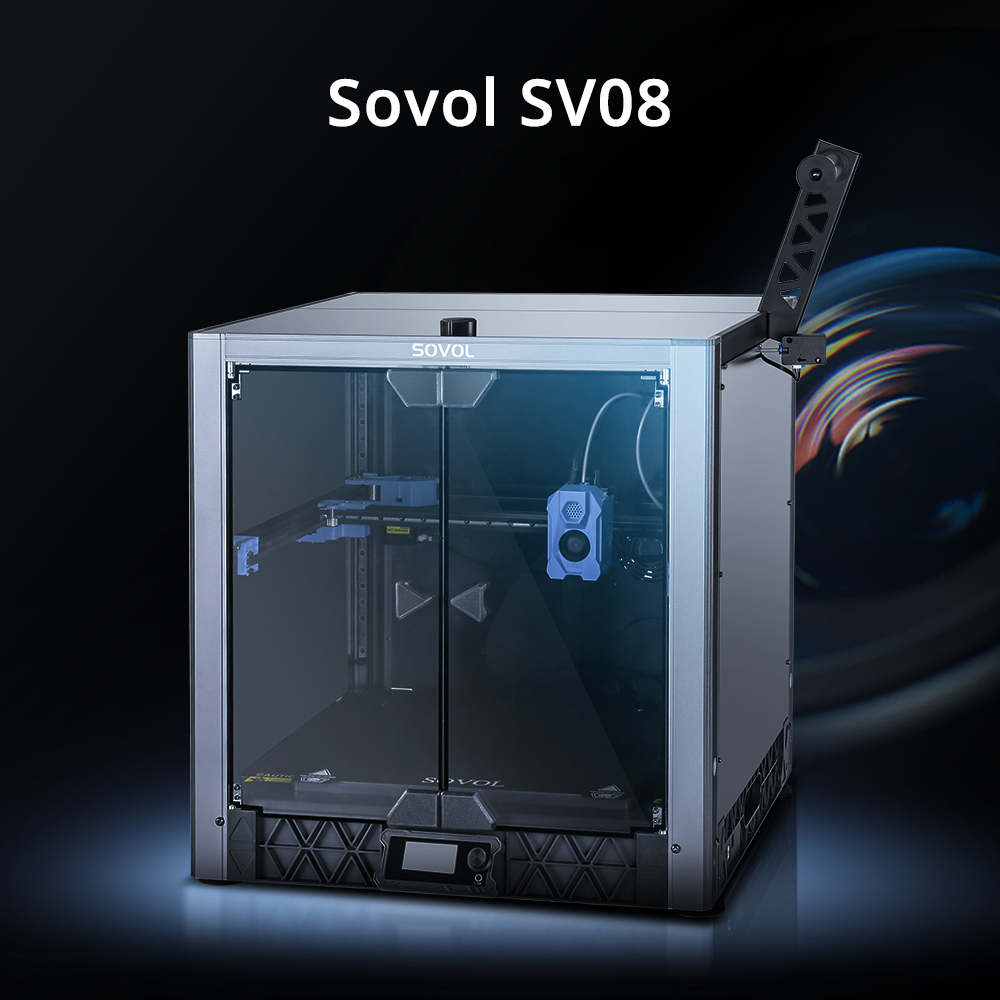
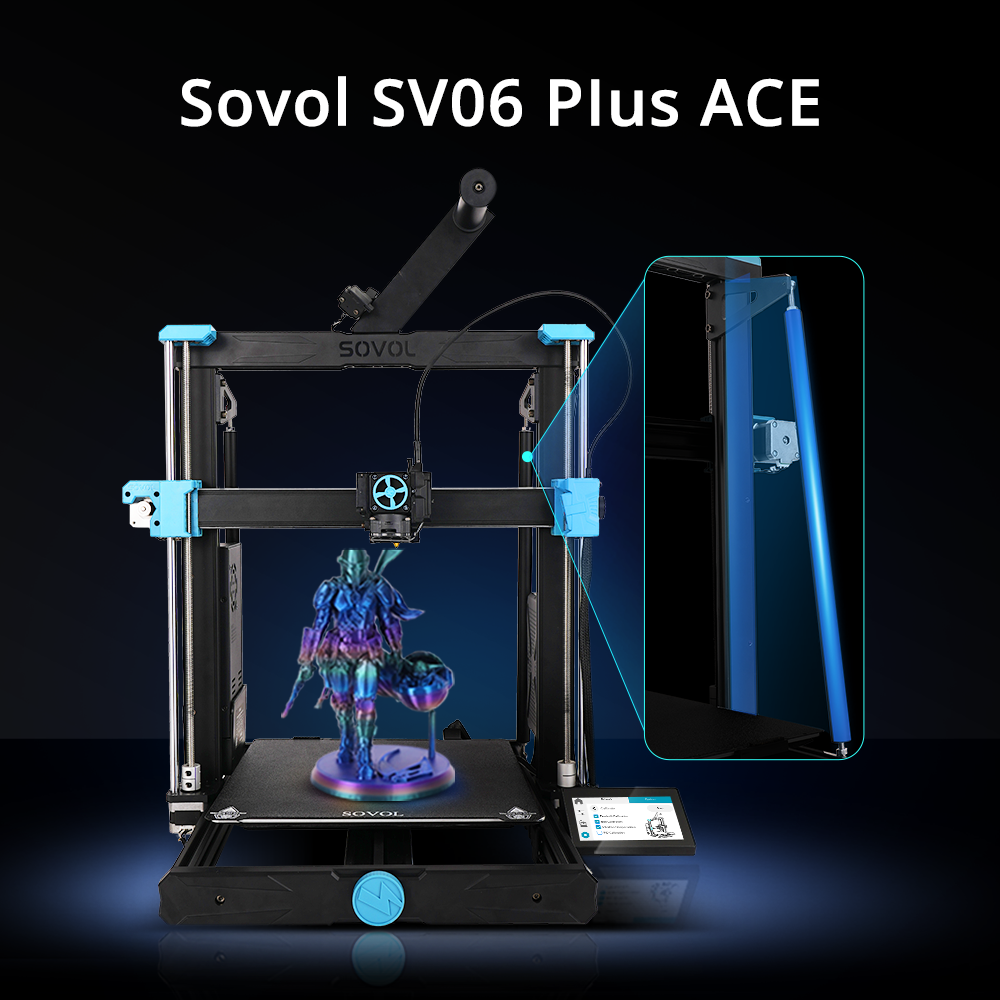
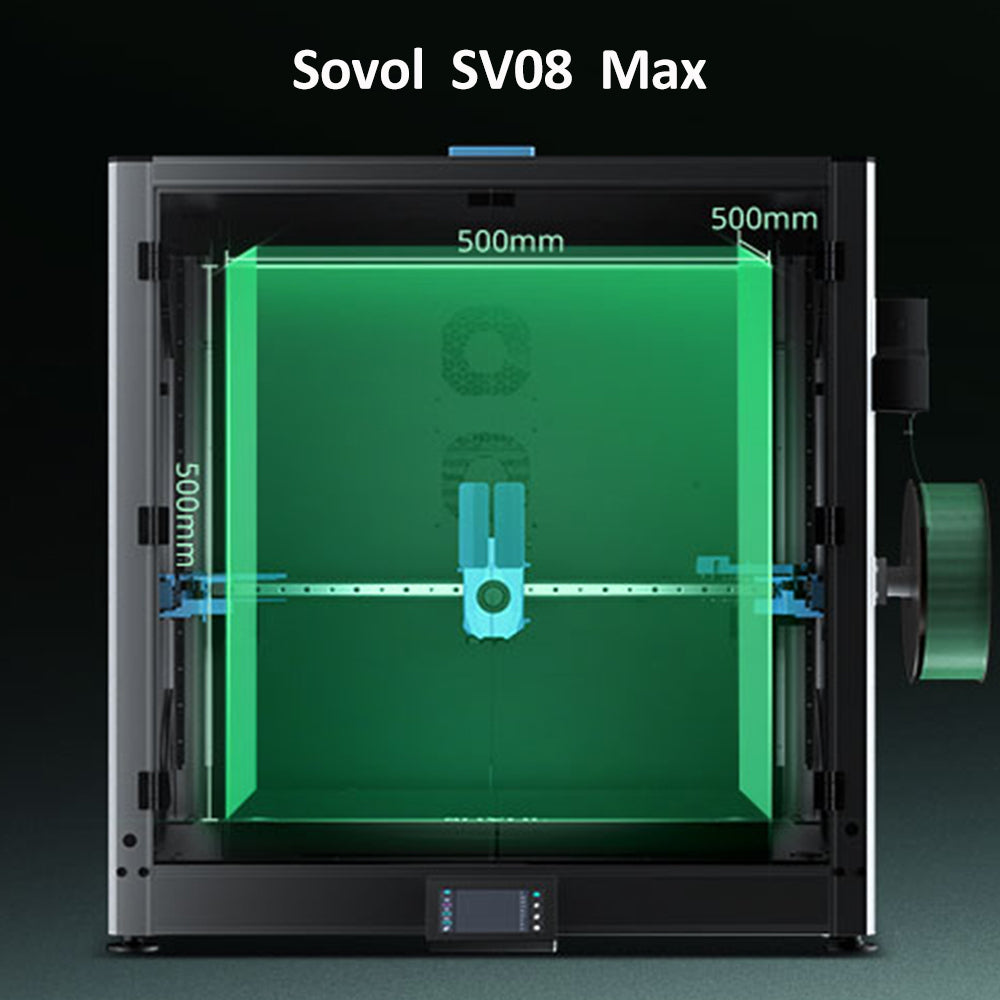
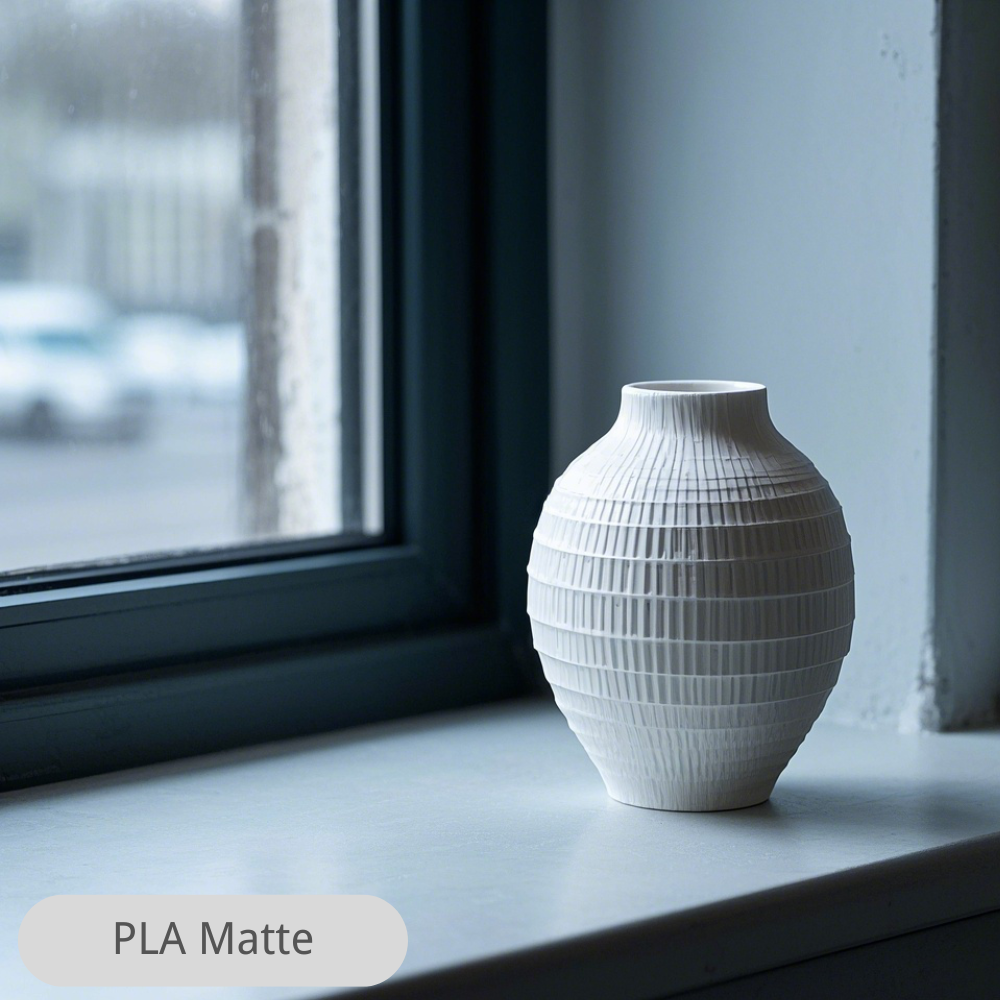
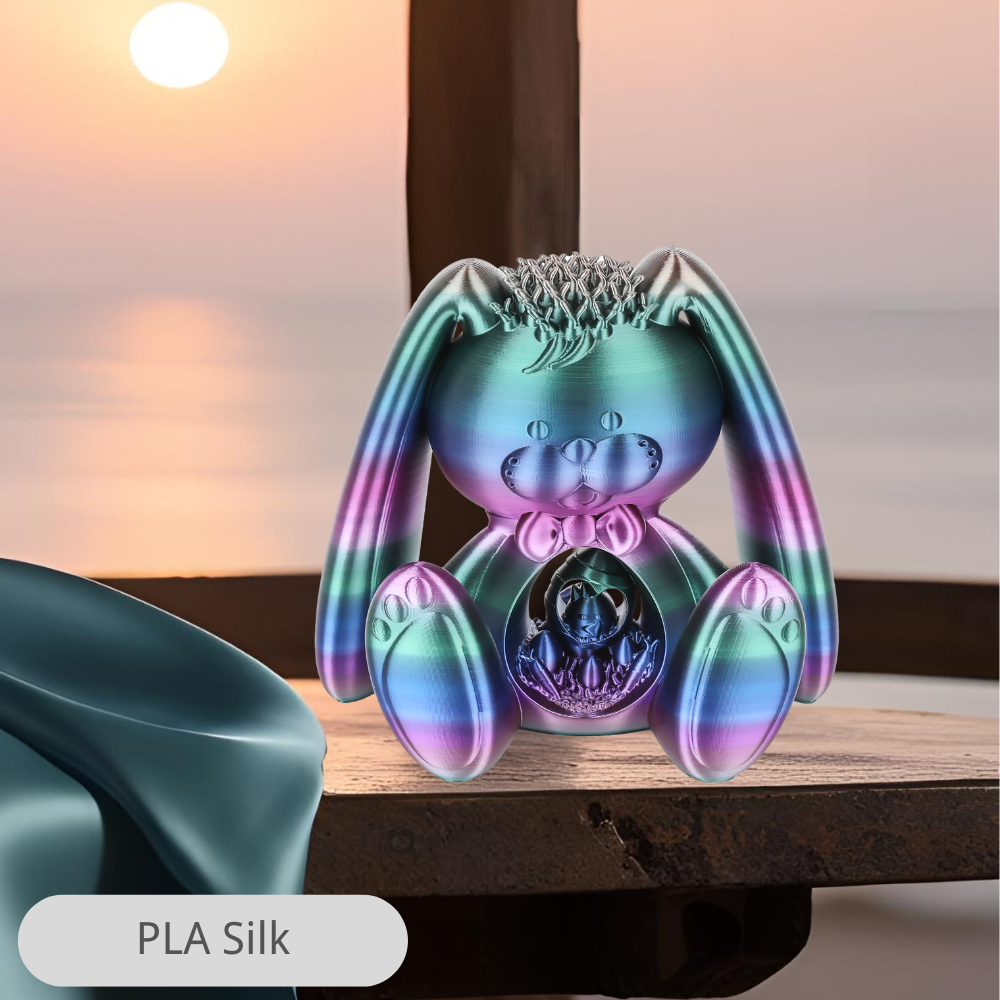
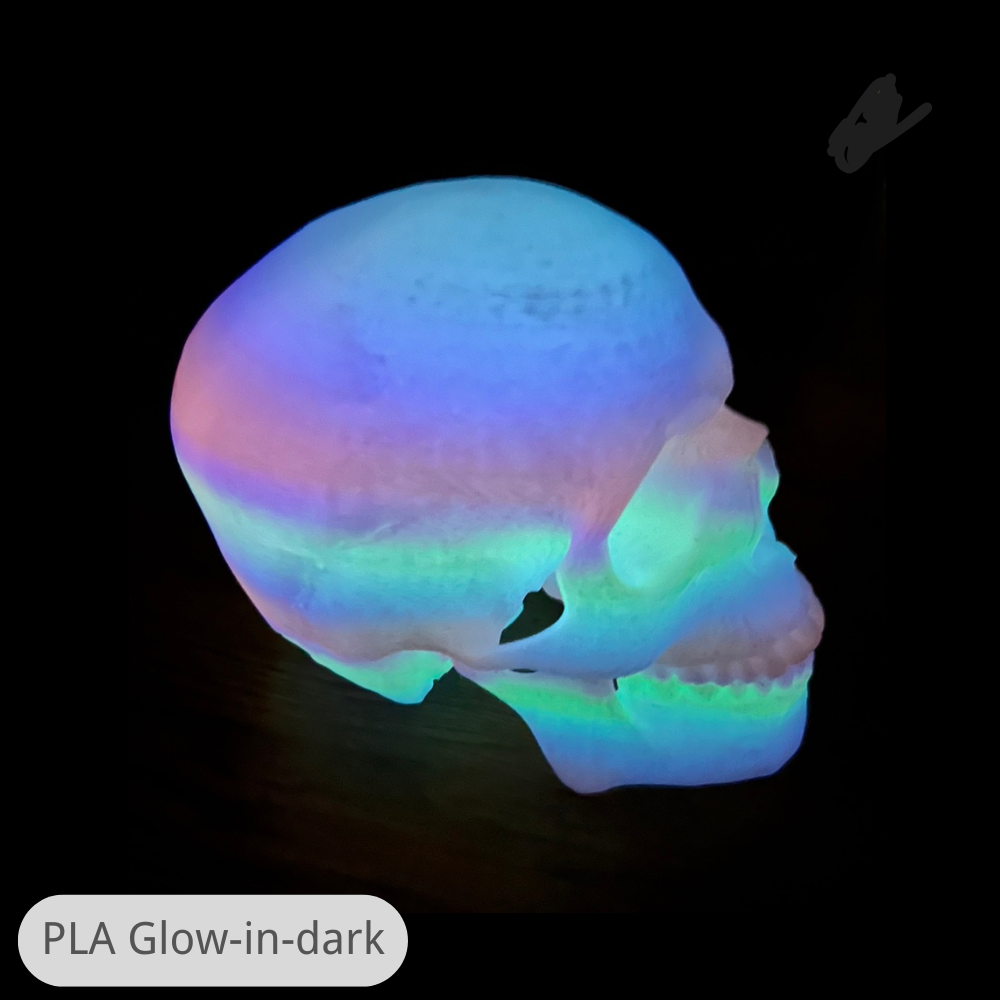
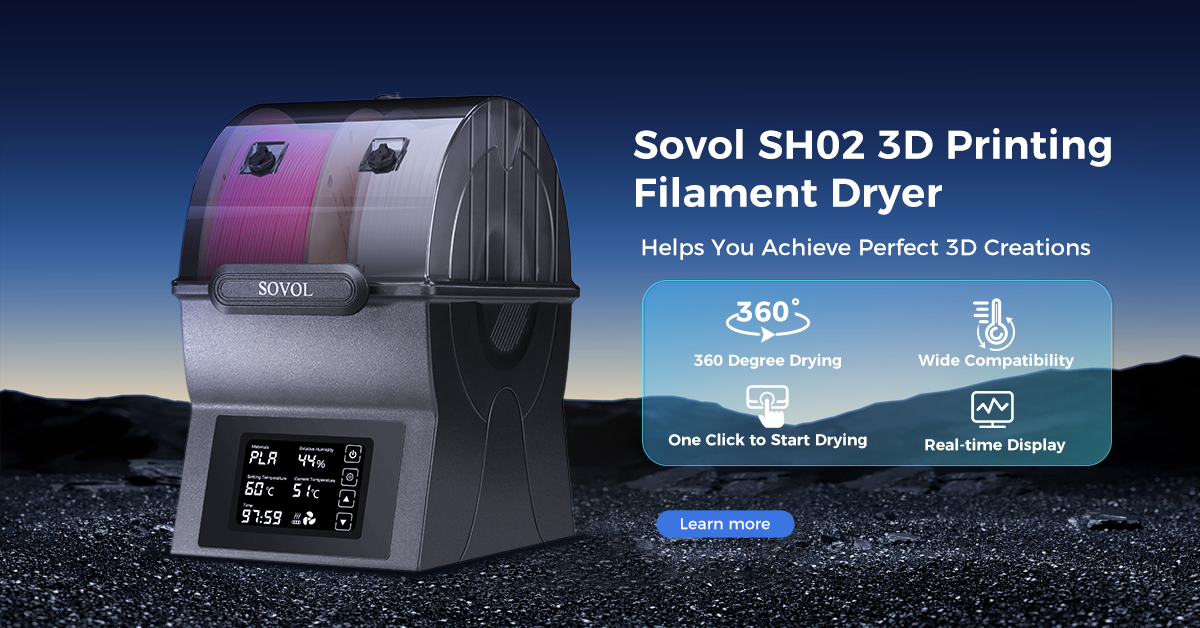
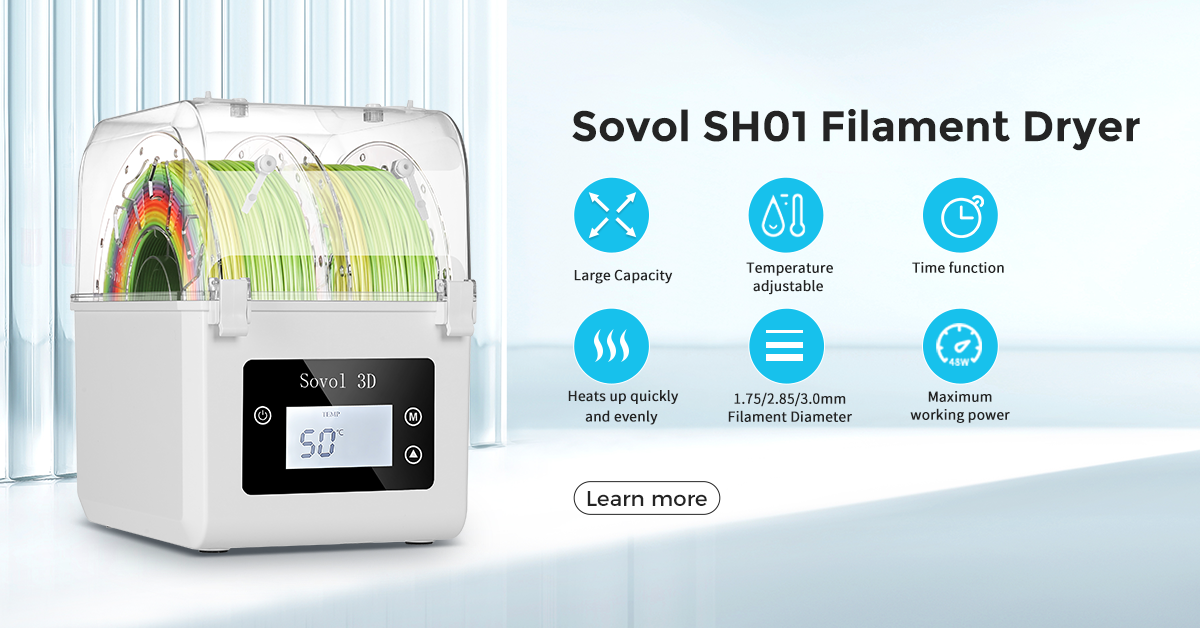
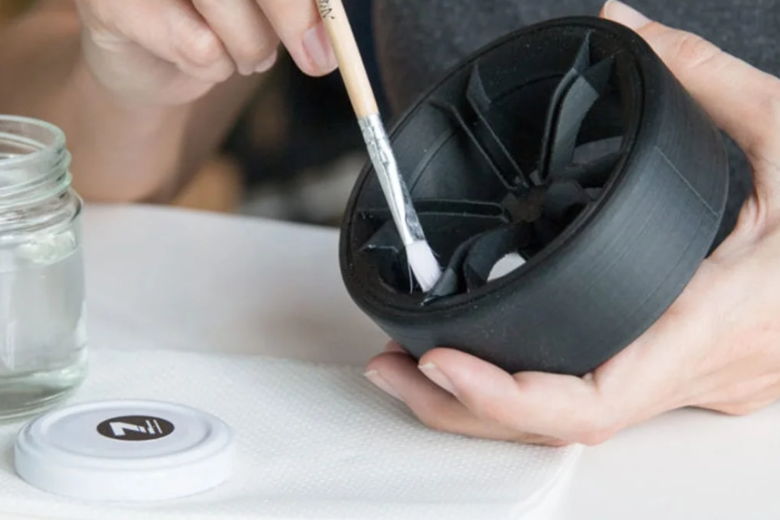
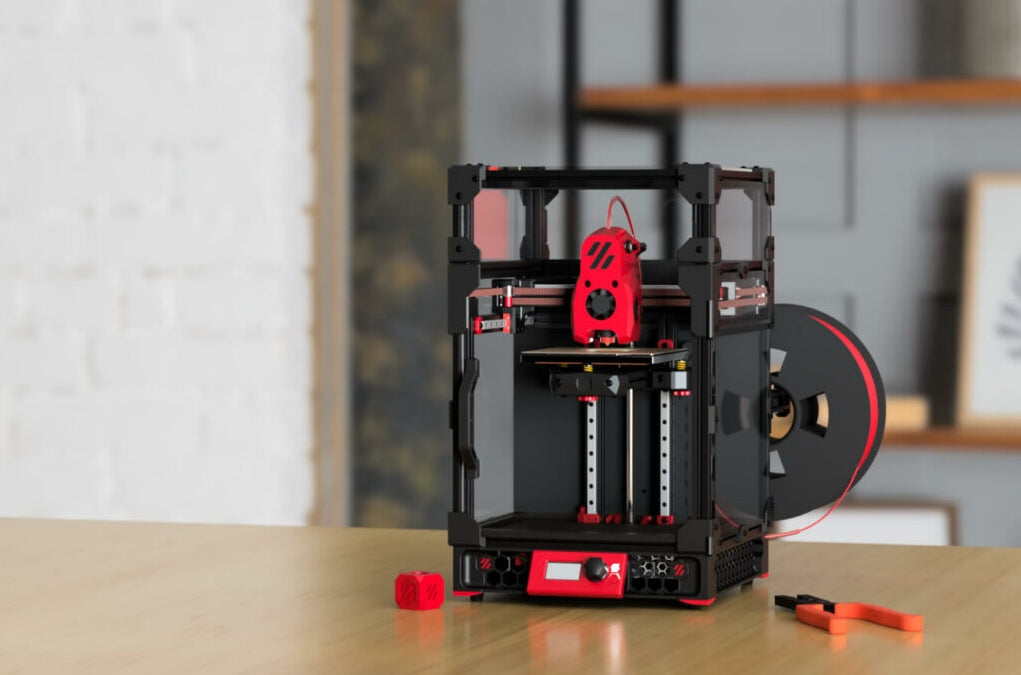
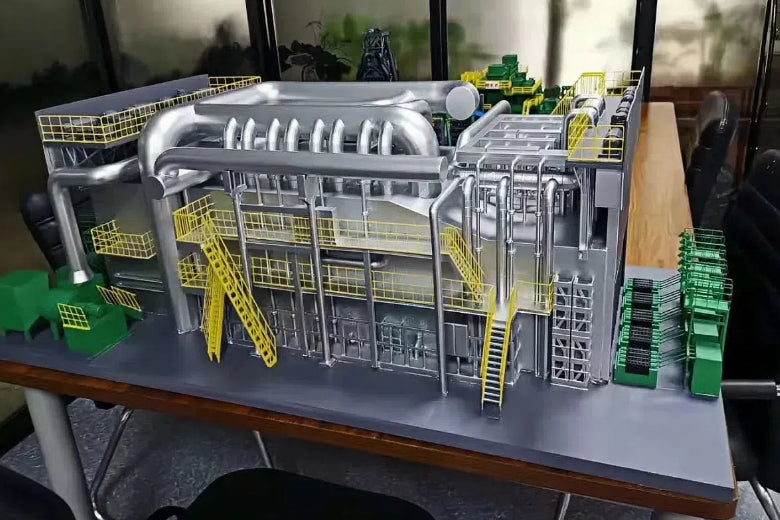
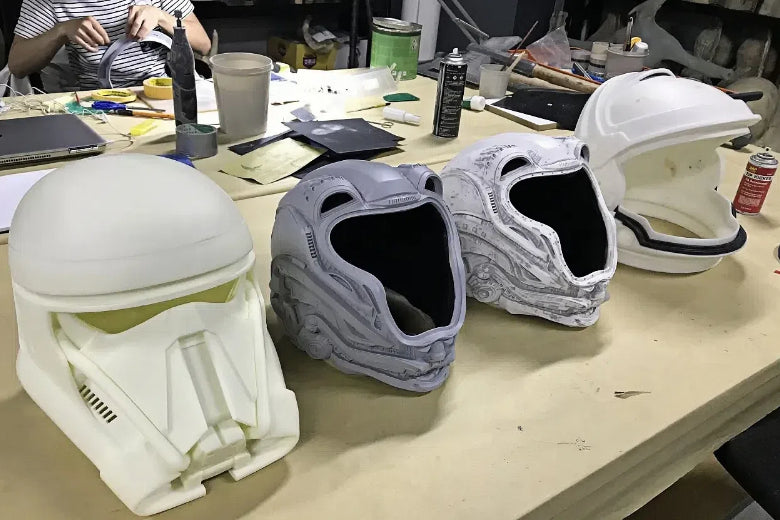
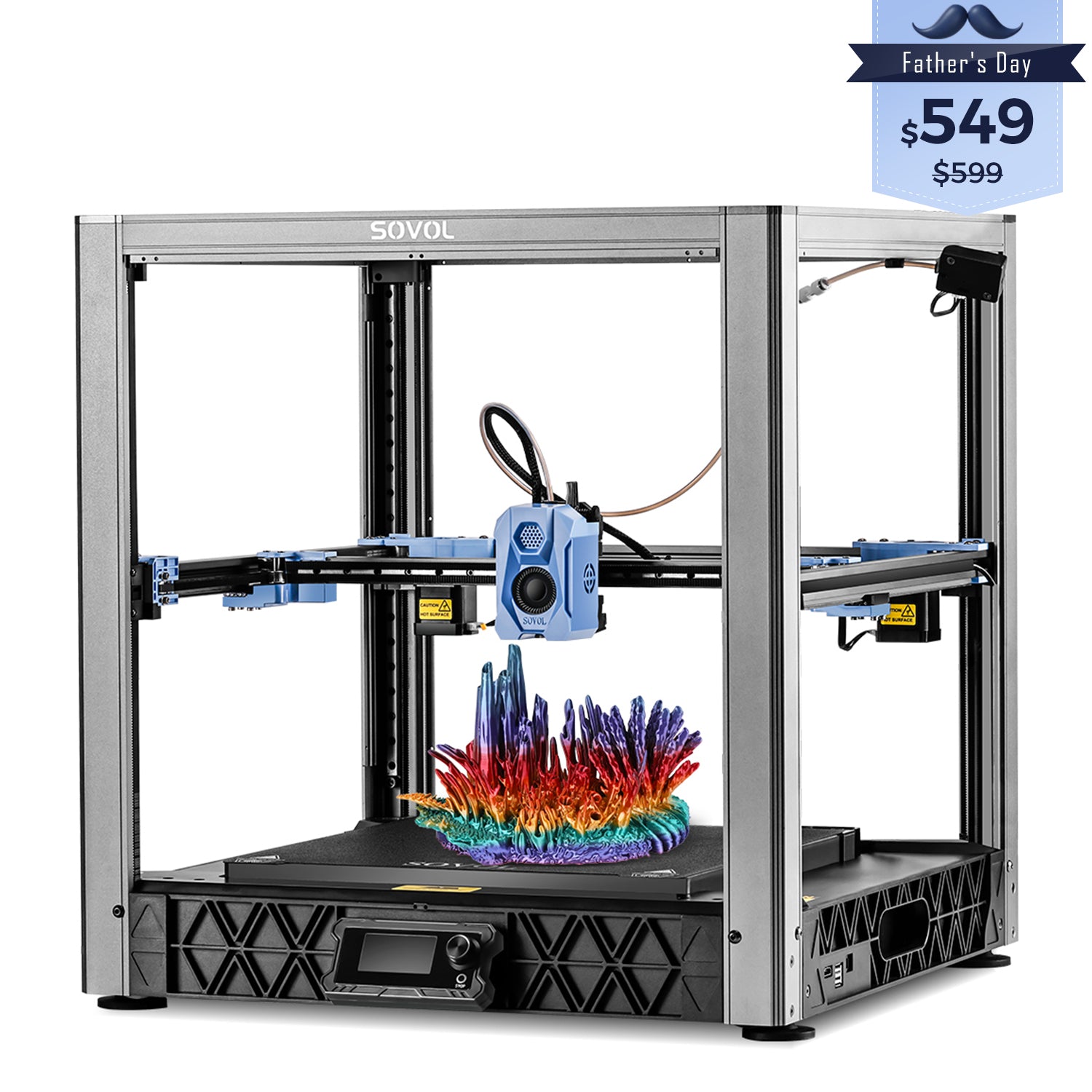
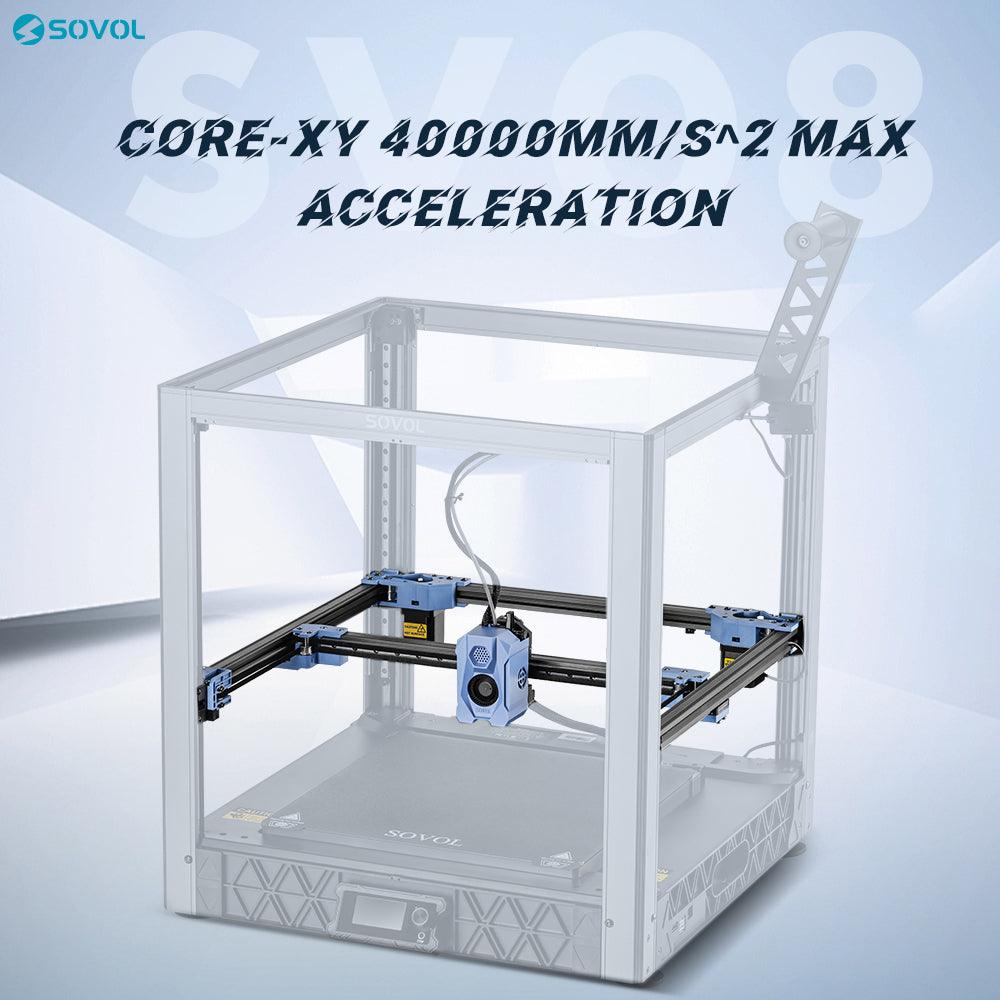
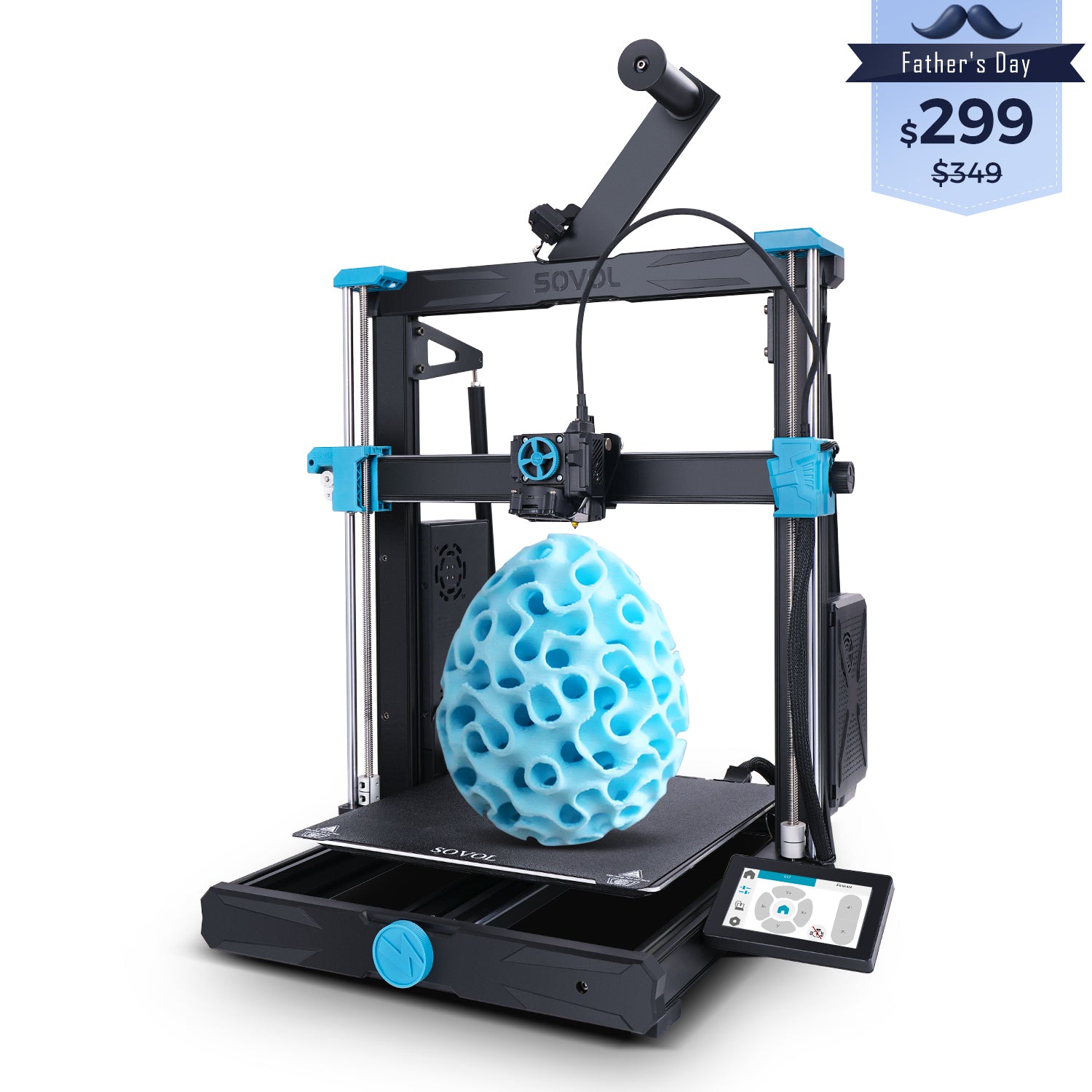
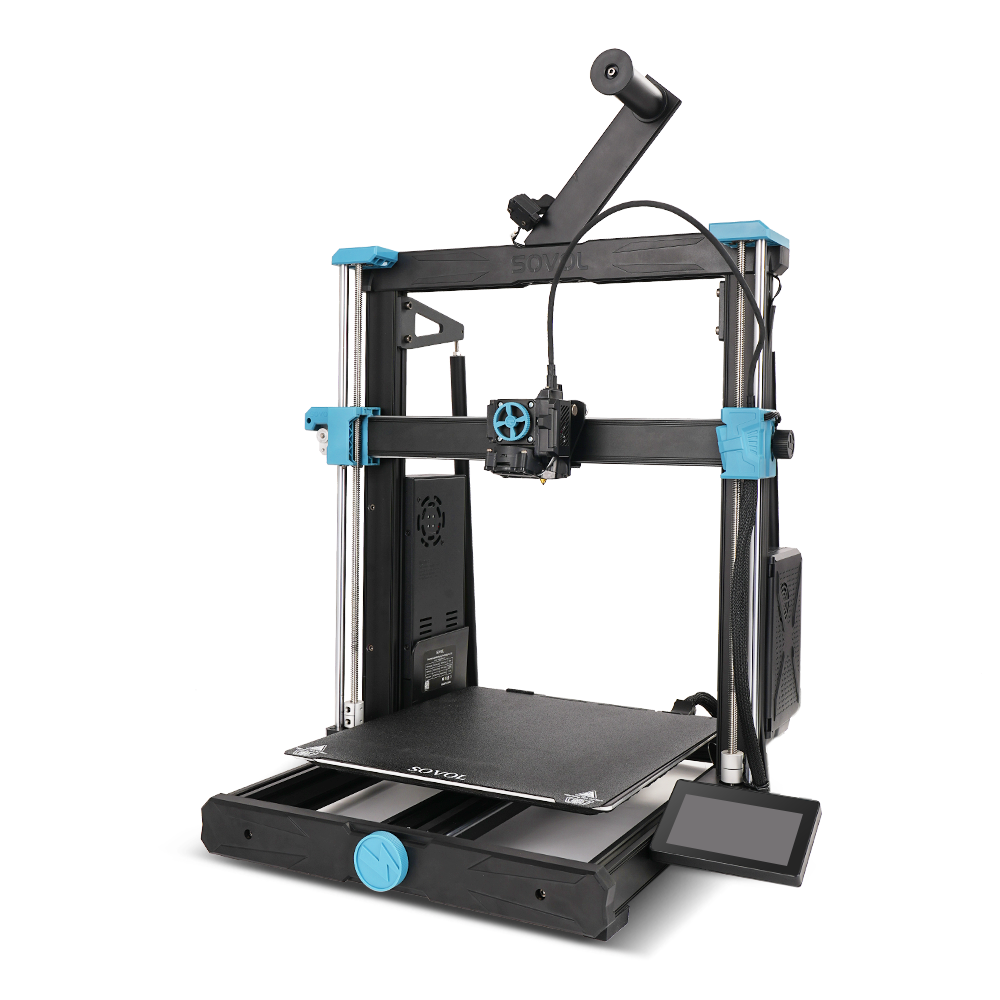
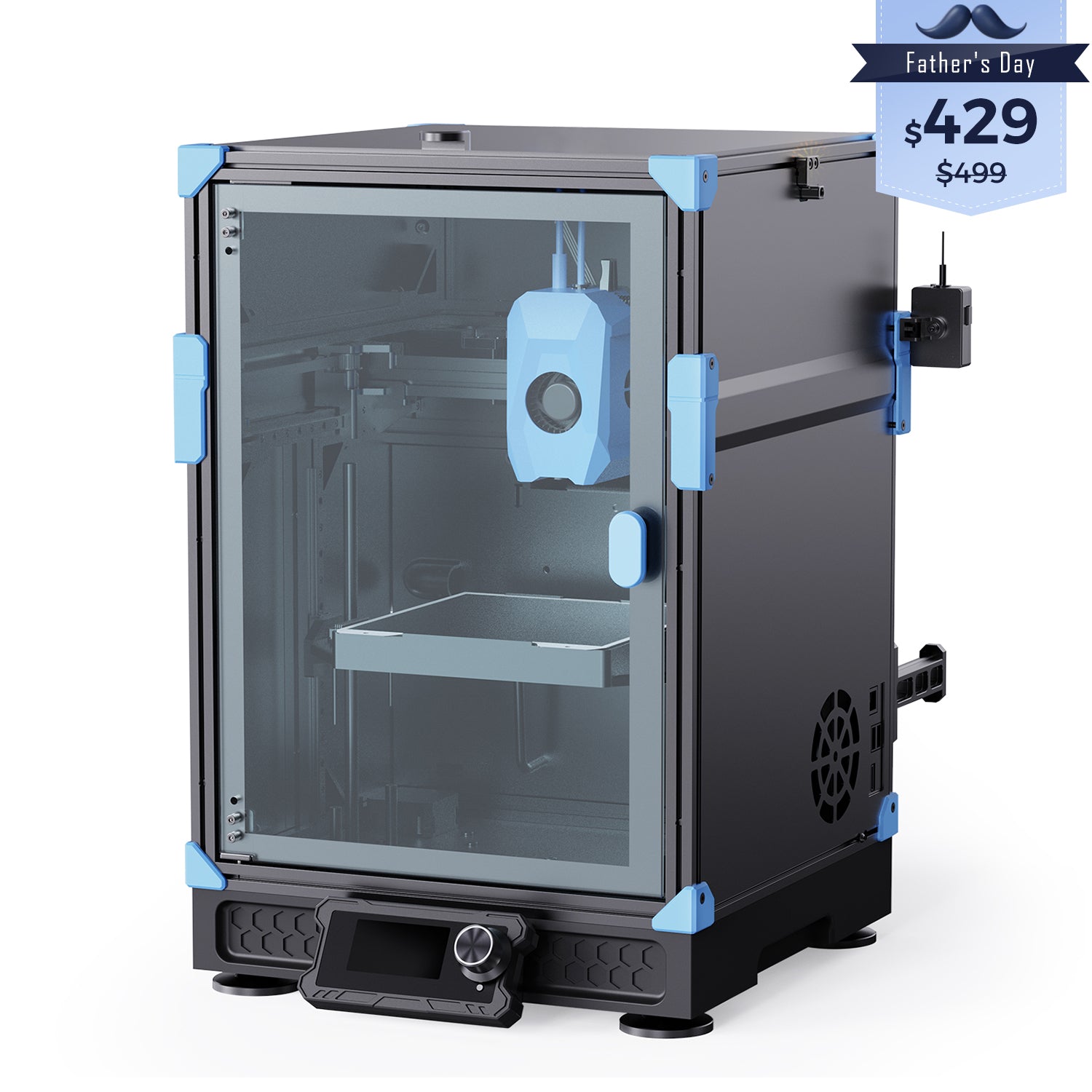
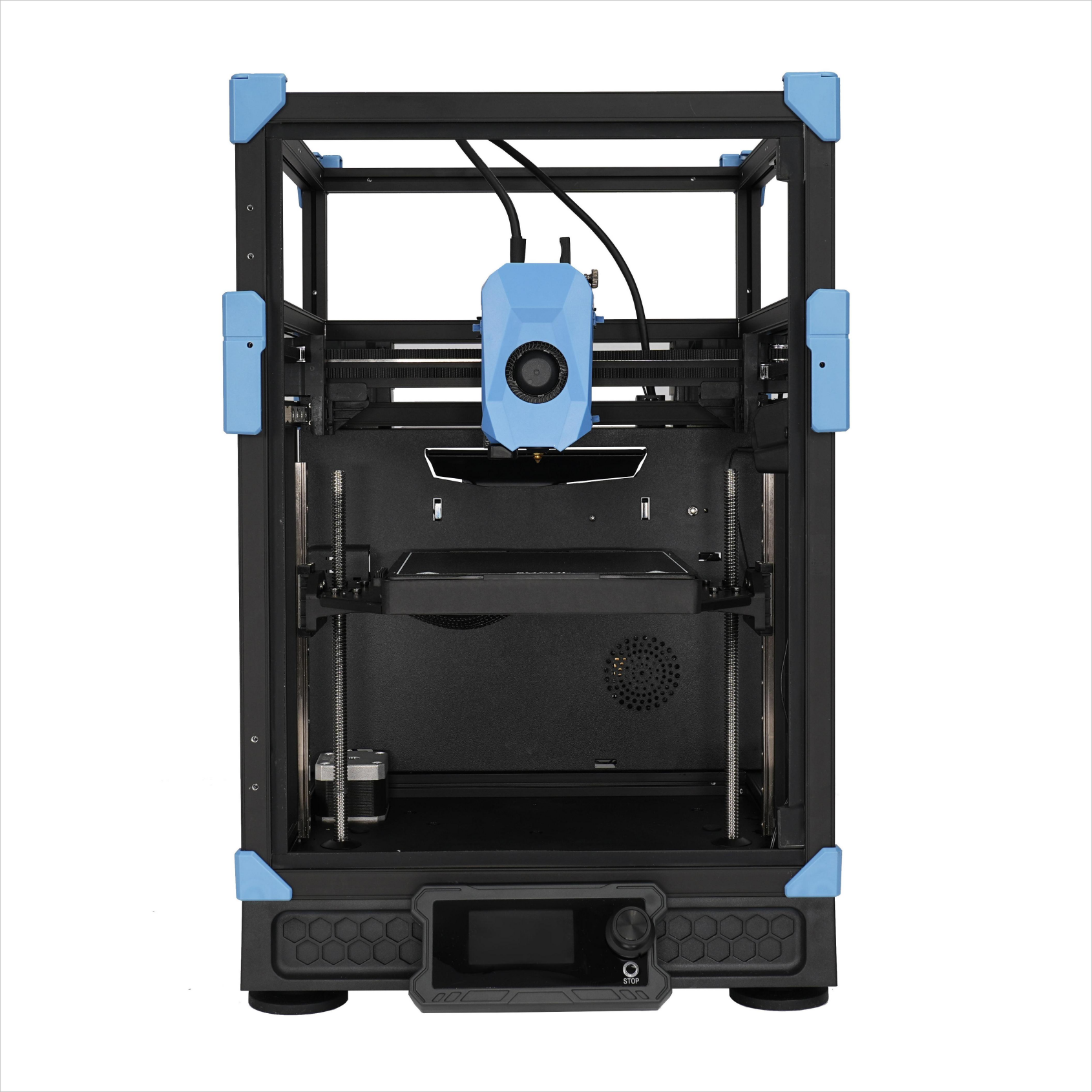


Leave a comment
All comments are moderated before being published.
This site is protected by hCaptcha and the hCaptcha Privacy Policy and Terms of Service apply.